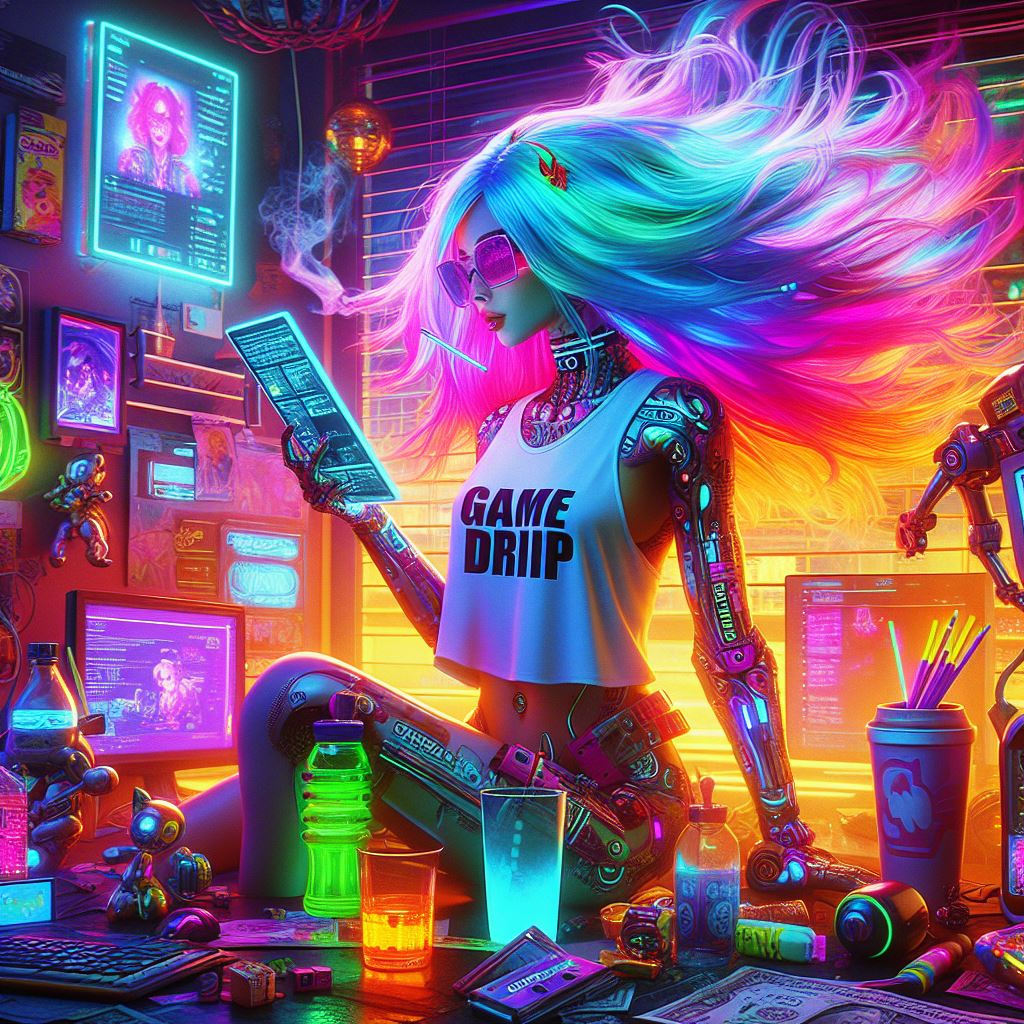As featured on Minecraft Servers Listing
#Corruption #SMP #1.18.1 #Player #Shops #Player #Warps #Dynmap #VienminerTimber #Custom #generation #Extreme #difficulty
Dynmap
Chest claim
TPA
RTP
Homes
Discord
Magic Wands
Gsit
Graves
Cities
Timber
Player Warps
Player Shops
1.18.1
Vienminer
Land Claim
Ranks
Forums
Drop Heads
Economy
Player Warps
Come join Corruption SMP, A modified survival server for just about anyone.
We have plugins that make the survival experience simple and fun for everyone!
Come join us at Corruptionsmp.apexmc.co
http://104.238.210.52:3306/
http://104.128.70.126:2913/
https://www.corruptionnetwork.com
https://corruption-smp.tebex.io/
Thanks!- Abom

Corruption V2:
The growing of the corruption ceased due to the limited energy in the area. In search of said power, the islands have floated towards a new area. The world here is much different than Machadva, with new biomes and structures for people to find. The islands seem to be linked to this place, like it lived here long long ago. The settlers of Machadva followed the islands for unknown reasons. Explore the new region of Dorlandsvis in Corruption V2.
CORRUPTION V2
– Fixed multiple issues with plugins.
– Moved the server to a new area.
– Brand new non-vanilla structures and biomes.
– Insanely high difficulty (Harder mobs, bosses, new bosses/loot, pretty much for the worthy in Minecraft. [~6 hits to kill a normal zombie with a sharpness 10 netherite sword.])
– Shrank borders.
– 1.18.1
– Bedrock crossplay
– Realistic item dropping
– Hundreds of new advancements
– Fortune on diamonds nerf (at most get 2 diamonds per block)
– Netherite dungeons to make netherite mining harder and more interesting.
– Bundles can be crafted
– Nether portals can be any shape
– More statistics
– Wandering traders have a use now
– Blood moon (Makes mobs more dangerous)
– Festival night (Makes crops grow faster, axolotls and glow squids spawn on the surface.)
– Nether moon (Nether mobs invade the overworld.)
– Zombie horses can spawn.
– Glow berries make you glow
– Mark enemies with spyglasses.
tutorial on how to survive Corruption V2:
1. Don’t fight mobs. They will kill you.
2. Don’t let your ego take you over. That mob will kill you no matter what you do.
3. Don’t fight bosses with low gear, for example, the ender dragon can not be killed with stone equipment like it can in normal Minecraft.
4. Always overprepare.
5. Keep away from glowing mobs unless you 100% know what you’re doing.
6. Build a house as soon as possible. Make it strong. Blood moons can and will happen and you will not be able to sleep through the night.
7. Stick to large caves. Fortune isn’t as powerful so make sure to go for areas with multiple veins over strip mining.
8. End cities are nearly impossible without good tools. Be careful.
9. Team up, its the only way to survive.
10. Build walls, big walls around any cities or bases you have to protect yourself from blood moons.
11. Absolutely avoid any mobs possible early game. They are fast and strong and will kill you.
12. Try to get advancements, they usually come with rewards that will aid you during your survival.
13. Stay away from fortresses and large scary castles.
14. Netherite is both harder to find and comes with a surprise every time you find it. Get good gear before you go out.
15. Take a spyglass with you. They give you temporary night vision and can outline mobs for you and your teammates.
16. Stay safe and have fun.
Special thanks to:
https://www.planetminecraft.com/data-pack/terralith-overworld-evolved-100-biomes-caves-and-more/

https://www.planetminecraft.com/data-pack/blazeandcave-s-advancements-pack-1-12/
https://www.planetminecraft.com/data-pack/1-14-x-improved-desert-village-datapack/
https://www.planetminecraft.com/data-pack/delta-hardcore/
https://www.planetminecraft.com/data-pack/gat-s-better-spyglass/
https://vanillatweaks.net/
https://www.planetminecraft.com/data-pack/glowing-glow-berries/
https://www.planetminecraft.com/data-pack/harder-ender-dragon-ex/
https://www.planetminecraft.com/data-pack/tougher-end-biomes-and-encity-1-16-5/
https://www.planetminecraft.com/data-pack/harder-better-faster-stronger-mobs-basically-a-mob-update/
https://www.planetminecraft.com/data-pack/illager-fortresses-datapack-for-minecraft-1-14/
https://www.planetminecraft.com/data-pack/lunar-events-5206182/
https://www.planetminecraft.com/data-pack/nerf-of-fortune-on-diamond-ore-1-16-x/
https://www.planetminecraft.com/data-pack/netherite-dungeons/
https://www.planetminecraft.com/data-pack/reinforced-creatures-harder-mob-varients-v1-0/
https://www.planetminecraft.com/data-pack/wither-s-wrath/
https://www.planetminecraft.com/data-pack/zombie-horsemens-allows-zombie-horse-to-spawn/







![ZappyMC [SMP] – Dive Into Fun!](https://game-drip.com/wp-content/uploads/2024/04/gamedrip-news-best-2937.jpg)
![Sure! Here are a few suggestions:
Cinder SMP [Vanilla] – Join Now!
Cinder SMP [Vanilla] – Team Up!
Cinder SMP [Vanilla] – Play Today!
Cinder SMP [Vanilla] – Join Fun!
Let me know if you need more options!](https://game-drip.com/wp-content/uploads/2024/04/gamedrip-news-popular-1452.jpg)






![How about:
"Eclipse SMP [Whitelisted Java] 🌌"](https://game-drip.com/wp-content/uploads/2024/04/gamedrip-news-popular-716.jpg)






